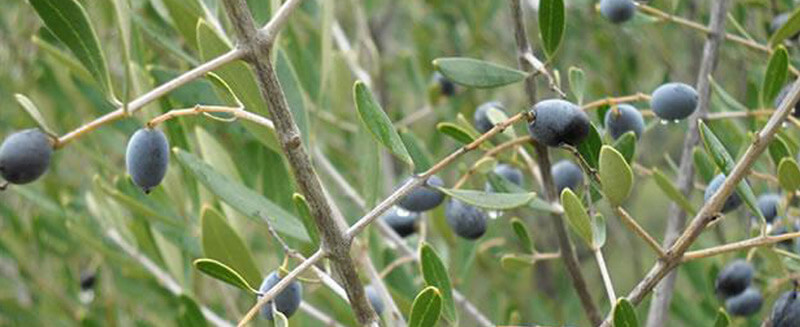Listen to this article
Already in the Paleolithic era in the Mediterranean basin, the fruit of wild olive trees was collected and the oil was extracted using rudimentary means. The olives were very small and had little oil content.
Olive growing and the production of olive oil began in the Neolithic period in the Near East.
Humans gradually selected the most productive trees, which gave us the olive trees today that produce large olives with much pulp and oil content.
The main difference between the domesticated or harvested and wild olive trees is the proportion of plant resources that are used in the fruit, the olive. A wild olive tree uses more of its resources in the vegetative structures (roots, trunk, branches and leaves) than in its fruit. So the olives of wild (acebuche) trees are small and the Mesocarp (fruit flesh) is very thin, thus being easier for the plant to produce.
On the other hand, fruit from harvested olive trees are large and have a greater pulp to bone ratio. In physiological terms, they require more plant resources for their production. Thus, the olives from domesticated trees are the great recipients of both organic and mineral nutrients.
The intense metabolic effort required in producing olives is the main cause of biennial bearing, which tends to be more prevalent in domesticated olive trees than in wild trees: after producing a generous harvest of olives rich in mineral and organic nutrients, the tree is worn out and needs a year to recover.
Therefore, we should not think of the olive tree as a wild, self-sufficient plant whose fruit we simply pick when it is ripe. Without the help of humans, the olive tree is unable to produce fruit or even survive. Human participation makes it possible to have a viable production of olives and olive oil.
.png)




